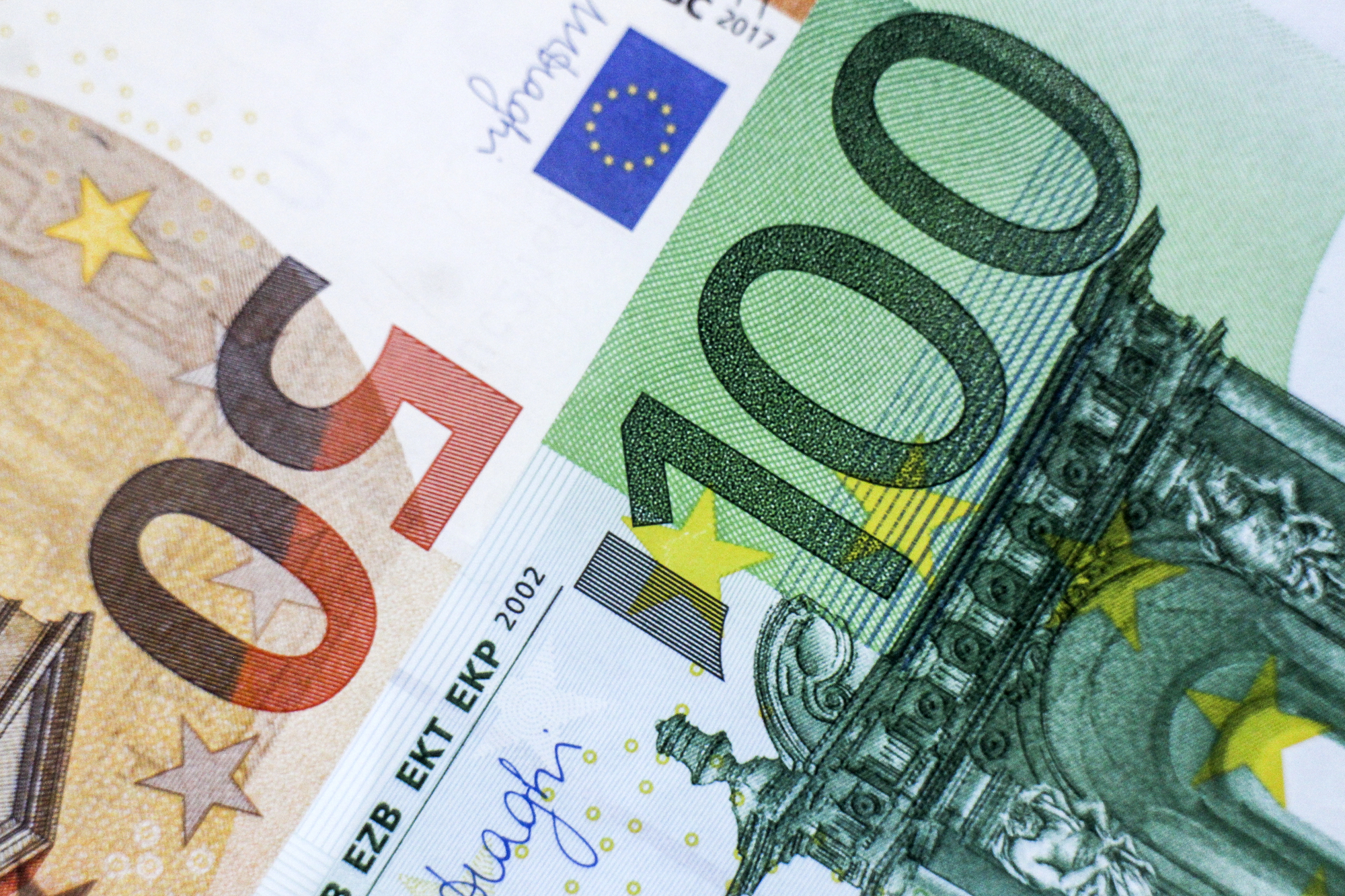There is some resemblance between Ukrainian and Greek situations. Both countries face large financing gaps, and thus require massive external financial support. However, the scale of the problem is quite different, and, unlike Greek government, Ukrainian authorities have already made a number of important steps, aimed at radical economic transformations in the country.
The climax of Greek crisis provoked hot debates in Ukraine about similarities between two countries and raised the fears that our country is the next in line for the default and severe economic meltdown. Interestingly, the same discussion has been going on before regarding the similarity of the situation in Ukraine and in Argentina and Venezuela. Hence, rephrasing the famous Lev Tolstoy, one can ask whether the unhappy countries are unhappy in their own way, or there is some resemblance between different cases.
First of all, I would admit that there is indeed some resemblance between Ukrainian and Greek situations. Both countries face large financing gaps, and thus require massive external financial support. Nevertheless, the similarity largely stops here.
First, the scale of the problems is quite different. Greece is burdened with the striking public debt-to-GDP ratio of 180% at the moment, while in case of Ukraine this figure is as twice as low – NBU expects debt-to-GDP ratio to be at 95% as of end-2015. Besides, by the end of the year Greek government has to repay EUR 18.7 bn to the external creditors (including EUR 1.6 bn overdue payment to the IMF). At the same time, Ukraine’s external debt repayments for the rest of 2015 amount to USD 6 bn (not accounting for the potential debt restructuring).
Second, while Greece lost the support and faith of its main creditors (IMF and EU) and doesn’t have alternative financing sources, Ukraine’s USD 18 bn EFF program with the IMF remains largely on track. In particular, the Fund announced last week that the staff-level agreement on the disbursement of USD 1.7 bn loan tranche has been reached. If the negotiations continue as scheduled, Ukraine is set to get additional USD 3.3 bn from the IMF by the end of this year. On the top of that, the successful cooperation with the IMF unlocks the funding from the other donors for the total amount of USD 4.7 bn by the year-end.
Third, Greek authorities apparently failed to implement structural reforms’ program, to which they committed in 2010 under the conditions of the first bail-out. In particular, the measures, aimed at boosting productivity, strengthening fiscal discipline, and rehabilitating the banking sector, proved largely unsuccessful. As a result, the massive internal devaluation triggered the severe recession, leading to the notable erosion in real incomes and dramatic jump of the unemployment rate (it went up from 7.8% in 2008 to 26.5% in 2014). Consequently, the public support for the reforms nearly vanished, opening the way to the power for the populists.
At the same time, Ukrainian authorities have already made a number of important steps, aimed at radical economic transformations in the country. Namely, the clean-up of the banking system is under way (with more than 50 banks losing the license since early 2014). The legislation on the increasing responsibility of the owners and managers of failed banks and raising transparency of bank ownership has been passed. The retail energy tariffs have been raised with the eventual aim to reach cost recovery level by 2017. Electronic procurement system has been introduced in the government institutions, while the independent anti-corruption bureau was established. It’s clear that the implementation of these reforms is the painful and lengthy process, which requires a strong support of the key stakeholders. We largely see such support in Ukraine at the moment, as there is a broad understanding that the previous economic model is gone and unpopular but necessary steps are must in order to put the domestic economy on the sustainable growth path.
I would also mention that in contrast to Greece, Ukraine can use exchange rate as an instrument for the macroeconomic adjustment. The international evidence reveals that the country can best cope with the economic crisis, combining nominal exchange rate adjustment, internal devaluation (i.e. the fiscal tightening) and structural reforms, aimed at boosting productivity. Being Eurozone member, Greece could not resort to the option one, while the internal devaluation failed to bring the desired result (in contrast, for example, to Latvia in 2009). At the same time, Ukraine can (and should) use all three options. But one should remember that the implementation of structural reforms is crucial, as it basically entails the positive effects from the external and internal devaluation.
Another striking difference between two countries is the implications of default for the domestic economy. Since Greece is the Eurozone member, its failure to repay external debts has a devastating impact on the domestic economy, including banking sector, budget accounts and the pension system.
The situation is pretty different in case of Ukraine, as the perimeter of debt restructuring talks is quite narrow and includes only external obligations of the state to the private bondholders, with no any link to the domestic financial assets and liabilities, nominated in the local currency. Moreover, given the positive outcome of negotiations between private issuers and external creditors in the last few months, one would expect that the sovereign debt restructuring might go rather smoothly as well.
Finally, let’s not forget that there have been much more positive than negative cases of external debt restructuring in the last few decades. In particular, Ukraine in 1999, Uruguay in 2003 and Equator in 2009 could be mentioned. External debt restructuring is not the end of the world and in case of successful outcome of the debt negotiations the country might return to the global capital markets pretty quickly (it took only one year in case of Uruguay), while economic recovery could get under way rather soon as well. For example, despite the sovereign debt restructuring in 1998-1999, Ukraine posted 5.2% GDP growth rate in 2000 already.
Nevertheless, I would like to stress that despite the differences between Ukrainian and Greek cases, the replication of Greece scenario in Ukraine should not be ruled out. While the Greek example clearly shows what should not be done, some people in Ukraine are still not willing to learn from the mistakes of the others, but prefer to make their own. Specifically, the voting for notorious FX loan restructuring law last week is the classical example of Greek-style populism. Hence, I believe it’s important for the Ukrainian lawmakers to keep remembering that the road to hell is paved with the good populist intentions.
on LB.ua
Attention
The author doesn`t work for, consult to, own shares in or receive funding from any company or organization that would benefit from this article, and have no relevant affiliations



